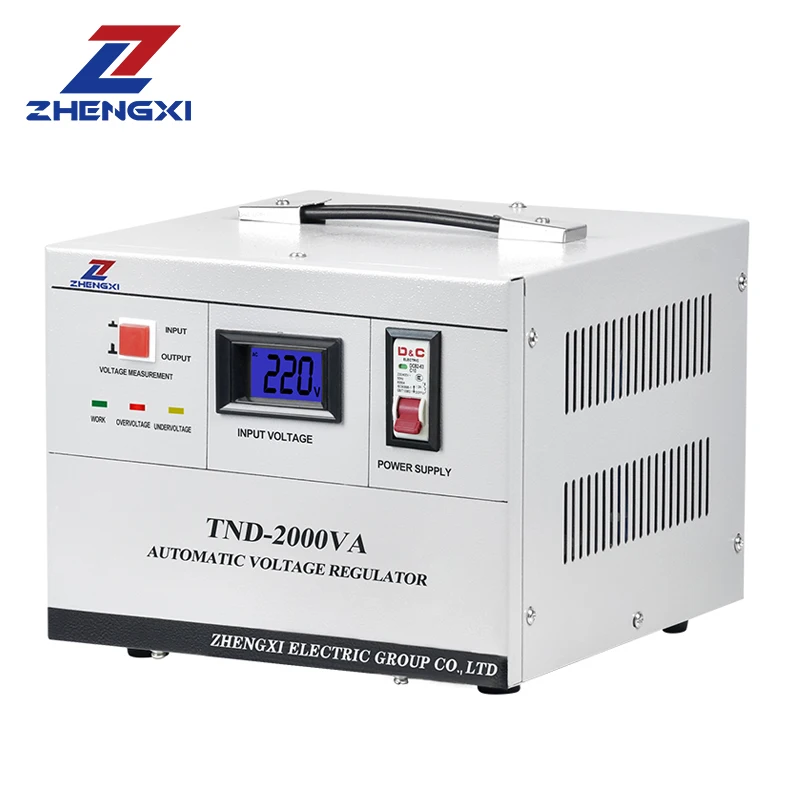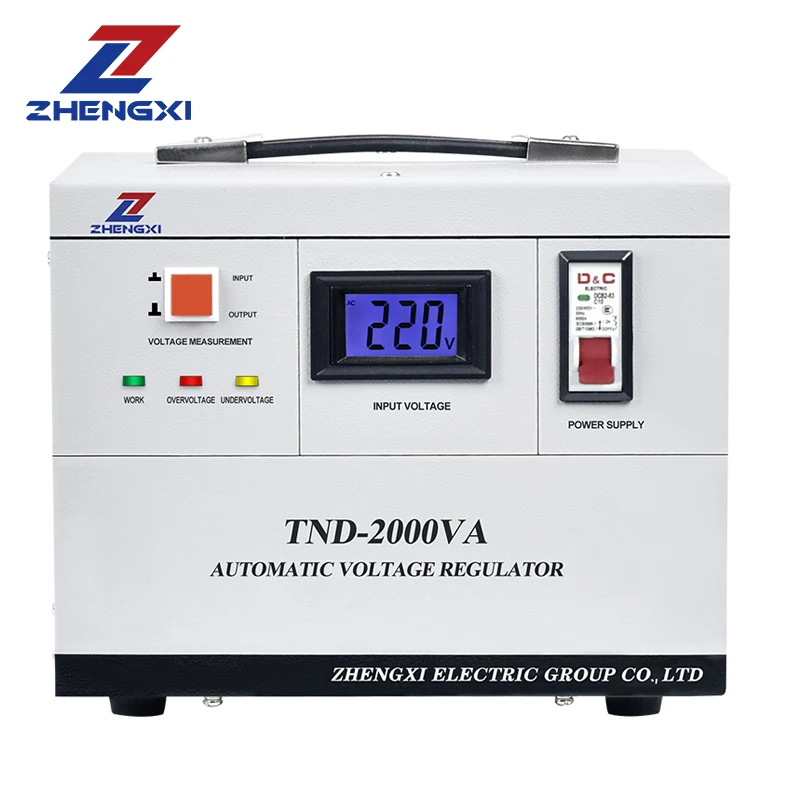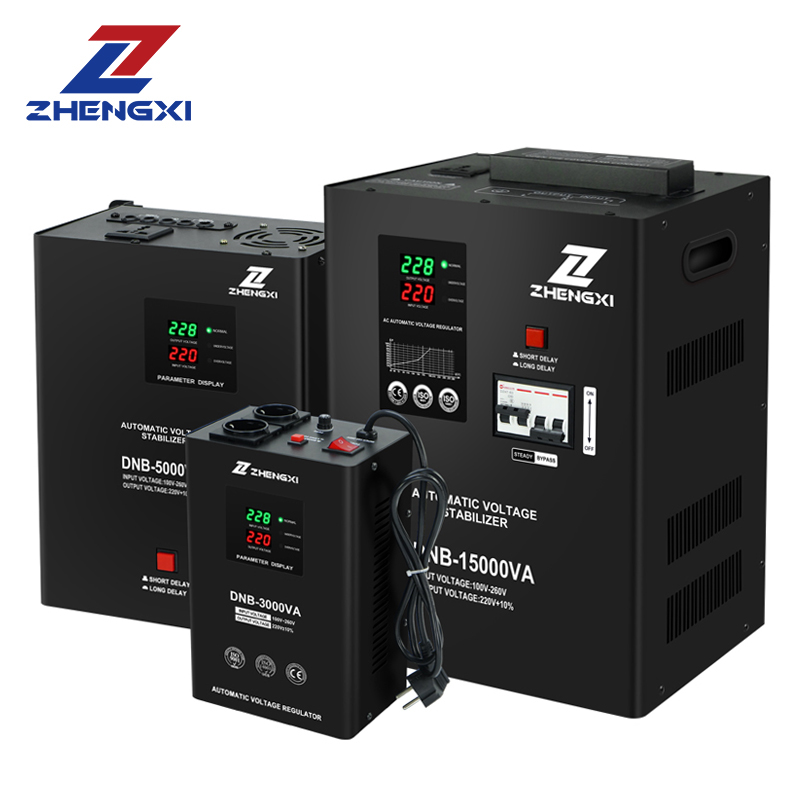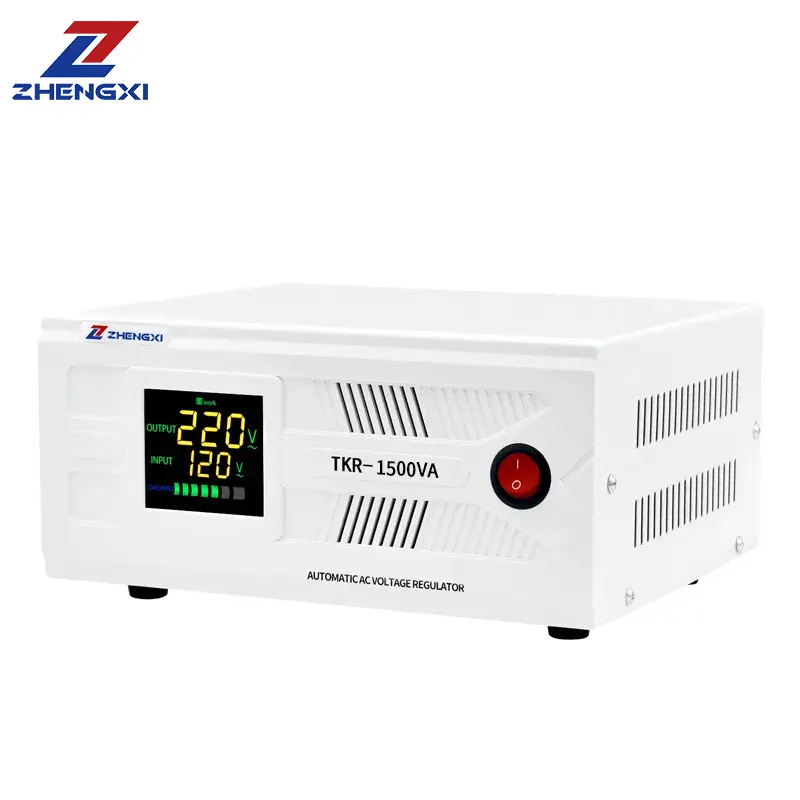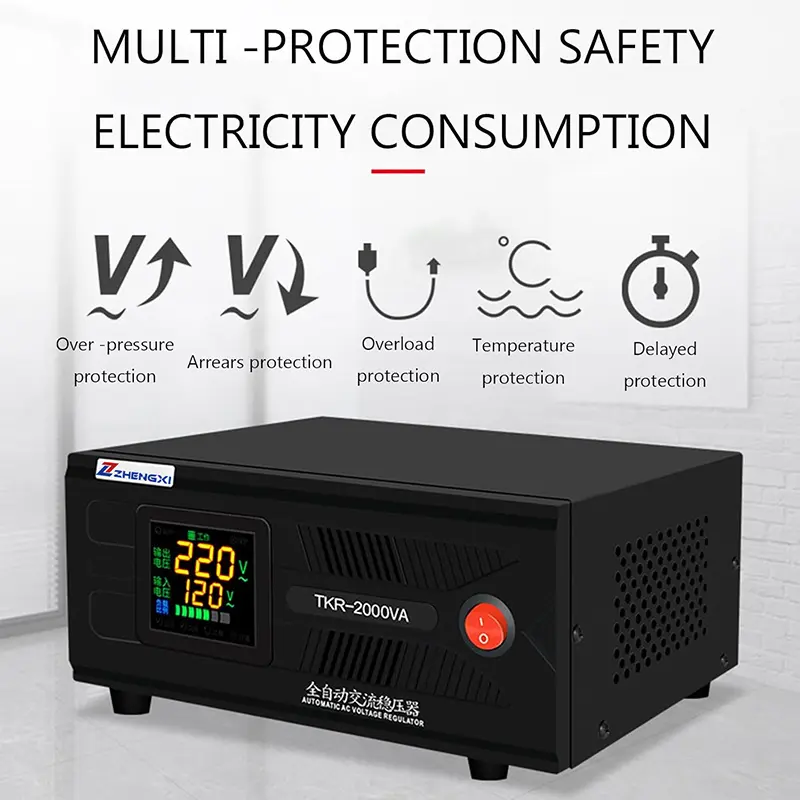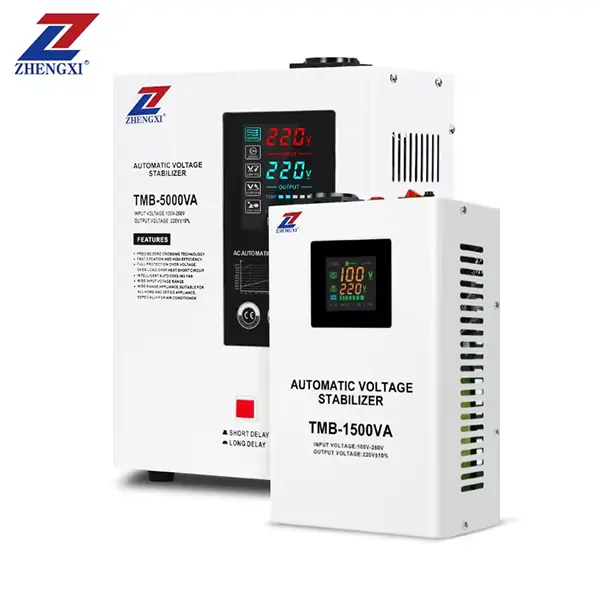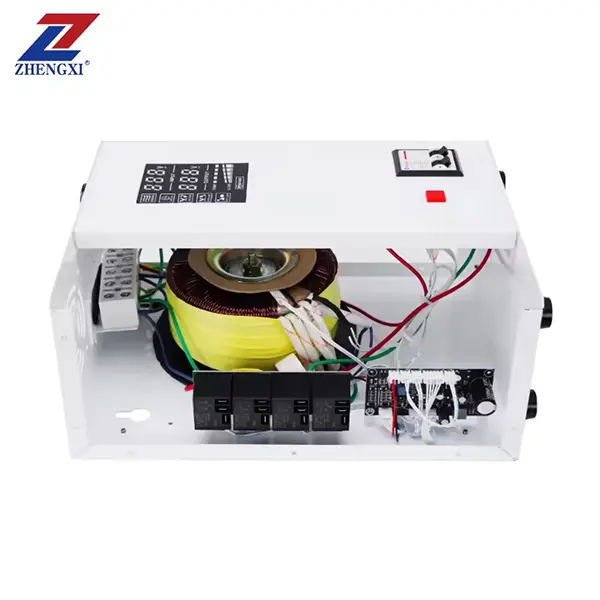Vous avez beaucoup investi dans votre home cinéma - projecteur 4K, récepteur AV puissant, haut-parleurs de précision, caissons de basse qui font trembler la pièce. Il suffit d'une coupure de courant, d'une pointe désagréable ou d'un vacillement de l'alimentation murale pour mettre en péril ces précieux composants. Un système d'alimentation dédié stabilisateur de tension pour home cinéma-parfois appelé régulateur de tension pour home cinéma ou stabilisateur de tension pour home cinéma-est l'équipement que trop de passionnés négligent. Ce n'est pas un luxe, c'est une assurance contre les dangers cachés de votre alimentation électrique.
1. Menaces courantes liées à l'alimentation électrique de votre cinéma à domicile
- Affaiblissement de la tension (baisses de tension)
- Chute en dessous de la tension nominale (par exemple, 110-120 V ou 220-240 V) lorsque le réseau est sollicité.
- Il en résulte une accumulation de chaleur, des problèmes de performance, voire un blocage des appareils numériques.
- Surtensions (pointes)
- Sauts de tension d'une durée de quelques millisecondes provoqués par la foudre, la commutation des services publics ou la mise en marche ou l'arrêt d'appareils lourds.
- Les petites pointes répétées dégradent silencieusement les circuits internes.
- Coupures complètes et surcharges de recharge
- Panne totale, suivie d'une surtension au moment où le courant est rétabli - souvent l'événement le plus dommageable.
- Bruit électrique (EMI/RFI)
- Interférences provenant de moteurs, de gradateurs, d'appareils sans fil qui circulent sur vos lignes CA, ajoutant des sifflements ou des artefacts visuels.
- Distorsion harmonique
- Les charges non linéaires introduisent une distorsion de la forme d'onde, qui peut faire surchauffer les transformateurs et perturber la synchronisation du DSP.
Les ignorer, c'est comme conduire une voiture performante sur des routes mal entretenues : cela finit par coûter cher.
2. Pourquoi un simple parasurtenseur n'est pas suffisant
- Protecteurs de surtension (barrettes d'alimentation à base de MOV) n'écrêtent que les pointes importantes, et une fois que la varistance se sacrifie, vous n'êtes plus protégé.
- Stabilisateurs de tension réels (AVR) surveillent et corrigent activement la tension entrante dans des tolérances étroites (par exemple, 120 V ± 3%), tout en offrant une suppression des surtensions à plusieurs niveaux et un filtrage du bruit.
3. Principales caractéristiques d'un régulateur de tension pour home cinéma de qualité
| Fonctionnalité | Bénéfice |
|---|---|
| Régulation active de la tension | Maintient la sortie stable malgré les creux et les crêtes de l'entrée. |
| Protection contre les surtensions à effet Joule élevé | Absorbe plus d'énergie et se fixe à un seuil de tension plus bas. |
| Filtration EMI/RFI | Élimine les bourdonnements, les ronflements et les bruits vidéo pour une fidélité cristalline. |
| Multiples prises isolées | Banques séparées pour les sources numériques et les amplificateurs à courant élevé |
| Surveillance visuelle | Indication instantanée par LED/LCD de la tension d'entrée/sortie et de l'état de la protection. |
4. Choisir le stabilisateur de tension adapté à votre cinéma
- Capacité (VA/Wattage)
- Additionnez la consommation de pointe de tous les composants ; ajoutez 20 à 30 % de marge de manœuvre.
- Exemple : Récepteur AV (700 W) + projecteur (350 W) + lecteur multimédia (50 W) ≈ 1100 W → choisissez un appareil de 1500 VA ou plus.
- Plage de régulation
- Une gamme plus large d'amplification (par exemple, 80 V-140 V) permet de couvrir les fluctuations importantes du réseau.
- Bridage des surtensions et joules
- Recherchez une tension de serrage < 330 V et des valeurs nominales ≥ 2000 J.
- Performance du filtrage
- La spécification d'atténuation en dB (par exemple, 40 dB EMI, 60 dB RFI) indique la quantité de bruit éliminée.
- Configuration de la sortie
- Nombre, type (isolé ou général), espacement, espacement des fiches de blocs transformateurs.
- Caractéristiques supplémentaires
- Alarmes sonores, modules de surtension remplaçables, ports de charge USB, options de montage en rack.
5. Bonnes pratiques d'installation
- Circuit dédié: Branchez le régulateur de tension pour home cinéma directement dans une prise murale - pas de câblage en guirlande.
- Points de vente stratégiques: Utilisez des banques isolées pour les sources numériques (streamers, disques) et des banques à forte consommation pour les amplis/projecteurs.
- Contrôle périodique de la charge: Recalculez le tirage de votre système chaque fois que vous ajoutez du matériel pour vous assurer que vous restez dans les limites de la capacité.
FAQ
Q1 : Quelle est la différence entre un parasurtenseur et un stabilisateur de tension ?
Un parasurtenseur ne fait que dévier les grosses pointes par l'intermédiaire d'un MOV. Un stabilisateur de tension (AVR) corrige activement les basses et hautes tensions, tout en offrant une suppression des surtensions à plusieurs niveaux et un filtrage du bruit.
Q2 : Puis-je utiliser un onduleur au lieu d'un régulateur de tension ?
Les onduleurs interactifs comprennent la fonctionnalité AVR et la sauvegarde par batterie, mais ils sont plus encombrants et plus coûteux. Si les pannes sont fréquentes, un onduleur peut être la solution idéale. stabilisateur de tension pour home cinéma est plus rentable.
Q3 : Quelle marge de manœuvre dois-je laisser lors du dimensionnement de mon régulateur ?
Visez une capacité supérieure de 20 à 30 % à la charge de pointe calculée. Cela permet d'éviter les surcharges et d'assurer un fonctionnement fiable.
Q4 : Un stabilisateur de tension améliore-t-il la qualité de l'image et du son ?
Oui. En fournissant une alimentation plus propre et régulière et en filtrant les EMI/RFI, vous remarquerez des noirs plus profonds, des aigus plus clairs et l'absence d'interruptions ou de distorsion inattendues.
Q5 : À quelle fréquence dois-je remplacer les modules de surtension ?
Les appareils haut de gamme comprennent des modules remplaçables. Vérifiez l'indicateur d'état de votre appareil et remplacez les modules après des surtensions importantes ou conformément aux directives du fabricant, en général tous les 3 à 5 ans.
Protégez votre investissement dès aujourd'hui
Ne laissez pas une alimentation instable compromettre les performances ou la durée de vie de votre home cinéma. Une alimentation stabilisateur de tension pour home cinéma offre une protection imbattable, des performances de pointe constantes et une tranquillité d'esprit inestimable. Contactez-nous pour trouver le régulateur parfait pour votre système et profiter de chaque image et de chaque note sans le moindre doute.


